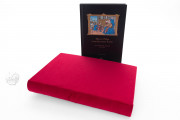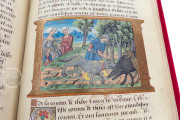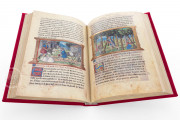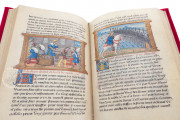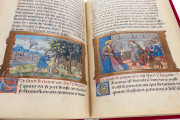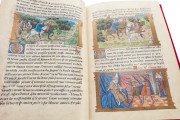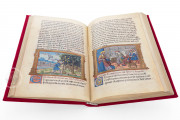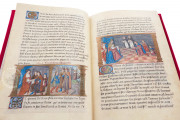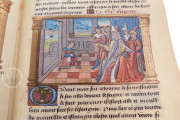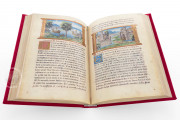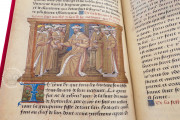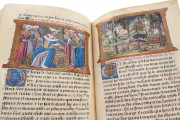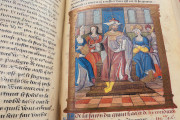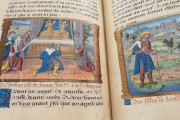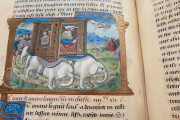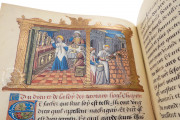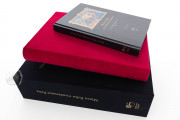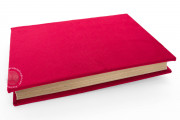The Arsenal Marco Polo is an extensively illuminated manuscript of the French translation of Marco Polo's Divisament dou monde ("description of the world"), an account of the Venetian merchant's youthful travels through Asia and one of the most popular travel accounts of all time. Created around 1500 in Paris, the manuscript features 197 miniatures by Jean Coene IV that translate Polo's descriptions of his travels, the court of the Mongol Khan, mercantile life, and natural details into visual form.
Marco Polo (d. 1324) dictated tales of his time in Asia (1271-1295) to Rusticiano (Rustichello) da Pisa, who recorded the stories in Franco-Italian. The text was shortened and translated into French within a few decades, a version often called the "Book of Marvels."
An Illuminator In Great Demand
Jean (Jos) Coene IV, formerly identified as the Master of the Parisian Entries, was active in Paris in the years around 1500, including commissions for French royalty. He sometimes worked alone, as in this manuscript, and sometimes with other illuminators, as in the Hours of Gregory XIII.
In the Marco Polo manuscript, each miniature has an architectural frame that sets the scene between a pair of fictive columns. Twenty miniatures are divided into two scenes, with a third column separating them.
Ambassador of the Khan
Many of the miniatures depict aspects of commerce, a topic that interested the young merchant. For example, one miniature shows the cutting of melons into strips to dry in the sun for year-round sale (fol. 35r). Ironically, the chapter in which he describes the use of paper money is headed by a picture of the manufacture of metal coinage (fol. 75r).
Many miniatures depict Polo traveling through Asia as an ambassador of Kublai Khan (1216-1294), the Yuan emperor of China and the emperor of the Mongols, and one of the largest is a portrait of the emperor enthroned (fol. 63r). The landscapes are generic. Still, Coene depicts animals unfamiliar to European viewers, such as the elephants in the miniature for the island(s) of Zanzibar (fol. 154r).
Fashionable Writing
The manuscript opens with an excerpt from a French translation of the Antiquitatum Variarum ("various antiquities") by Giovanni Nanni (d. 1502), a series of purported quotations from ancient authors (fols. 1-8). One scribe copied that text, and another copied the Marco Polo, both writing in French Bâtarde, the script preferred at the time for French-language literary works.
The Arsenal Marco Polo is orderly in presentation, with the prologue and each consecutively numbered chapter headed by a miniature and a painted initial. Often, but not always, the chapter number and an announcement of its topic are written in red before the chapter proper begins.
From Residence of the Grand Master of the Artillery to Library
Charles-Adrien Picard (d. 1779) acquired the manuscript in 1742. It was purchased in 1780 by Marc Antoine René de Voyer Argenson (1722-1782), Marquis of Paulmy, who had the former arsenal in Paris transformed into a repository for his substantial library of books, manuscripts, medals, and prints, now the Bibliothèque de l'Arsenal. The binding of silk and velvet dates from the eighteenth century.
We have 2 facsimiles of the manuscript "Arsenal Marco Polo":
- Marco Polos Wundersame Reise facsimile edition published by Mueller & Schindler, 2024
- Il Milione di Marco Polo facsimile edition published by Istituto dell'Enciclopedia Italiana - Treccani, 2024


